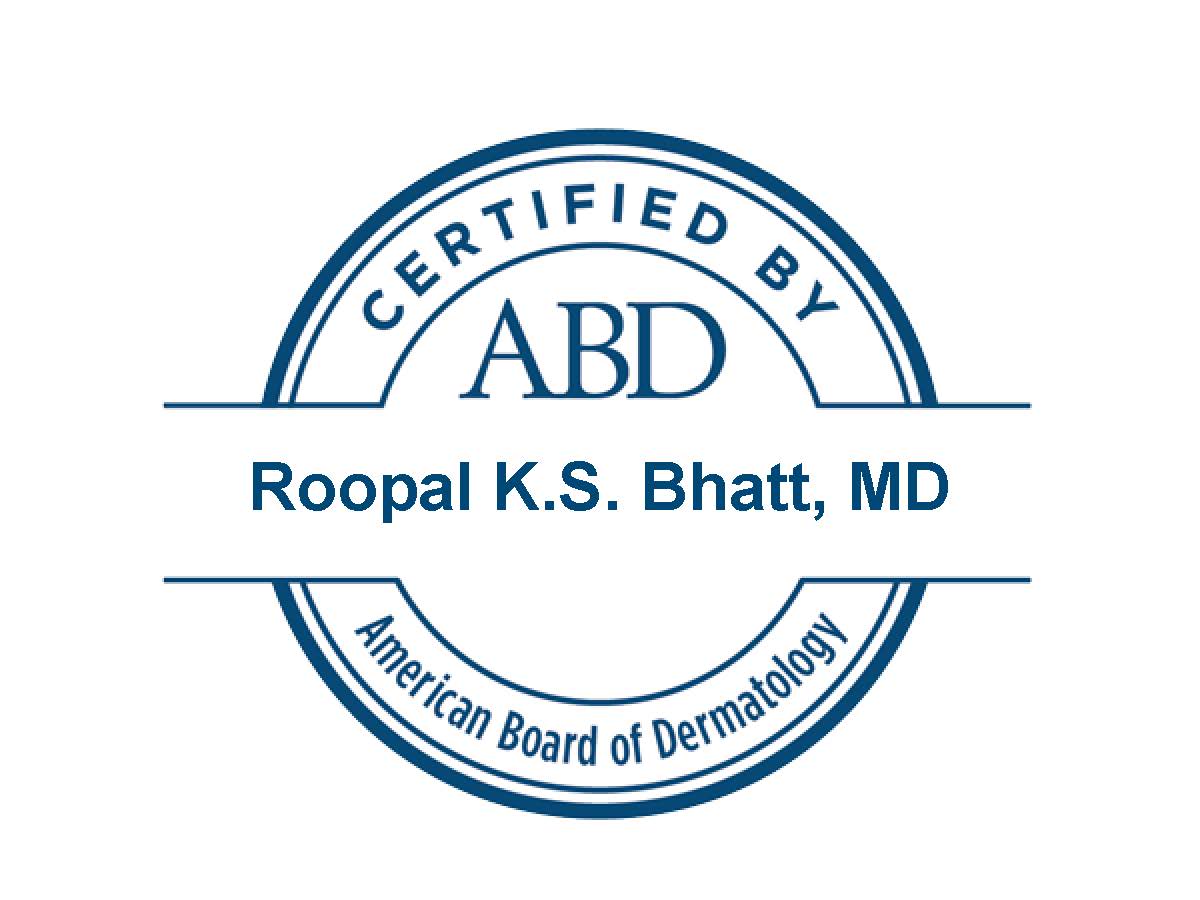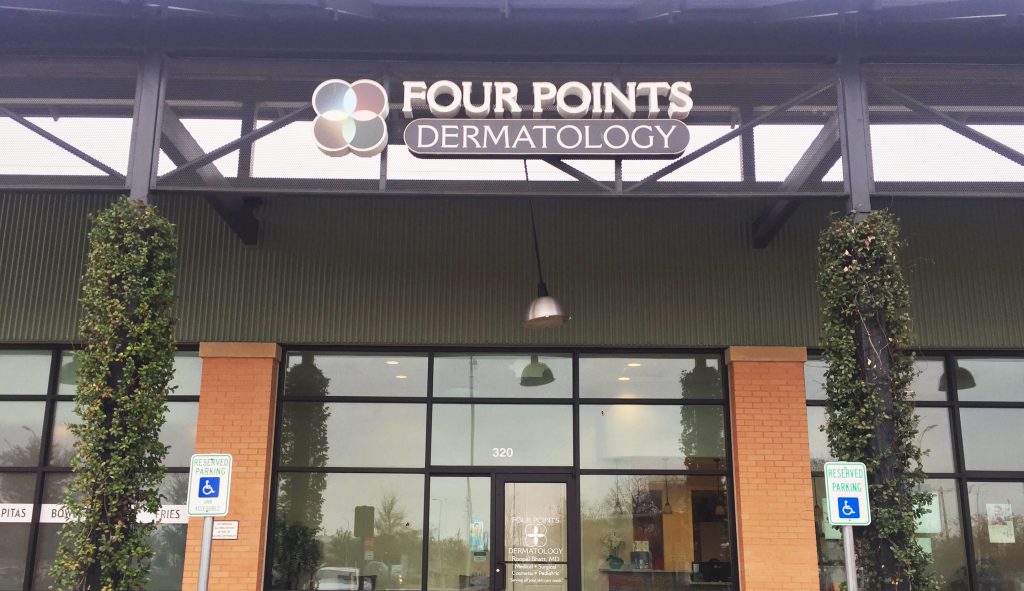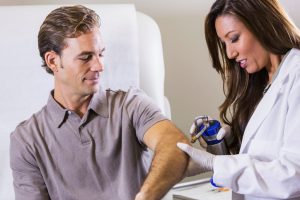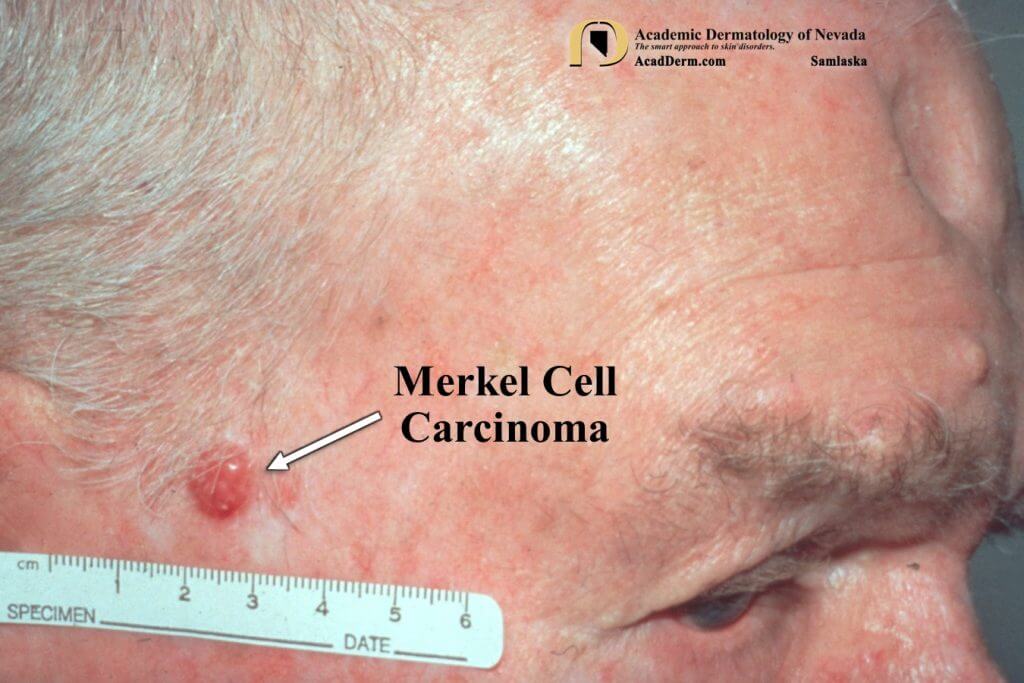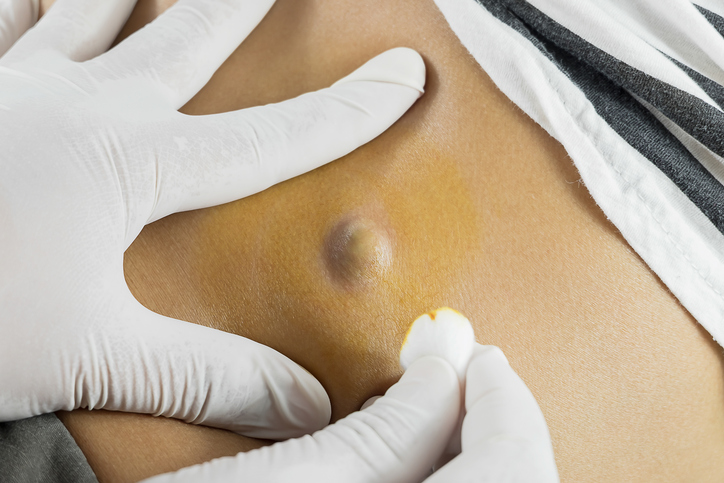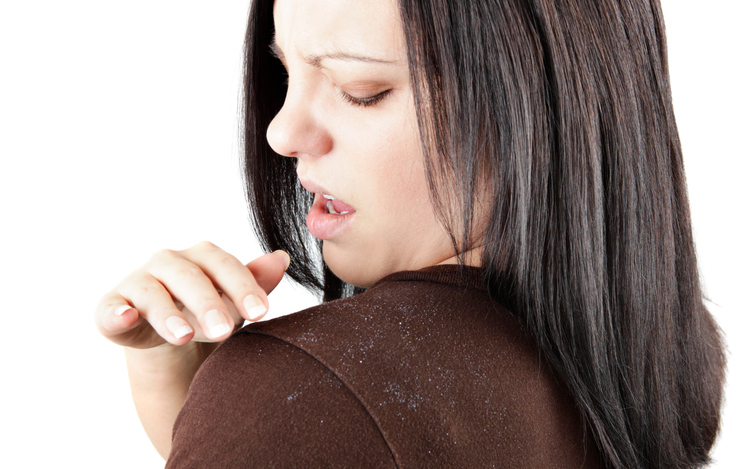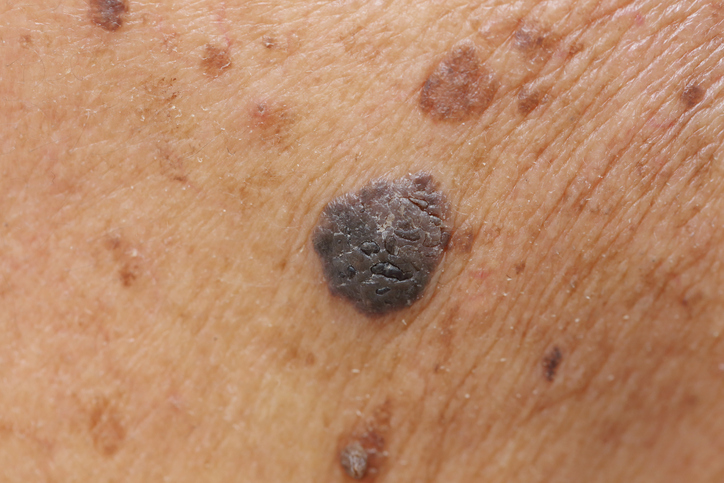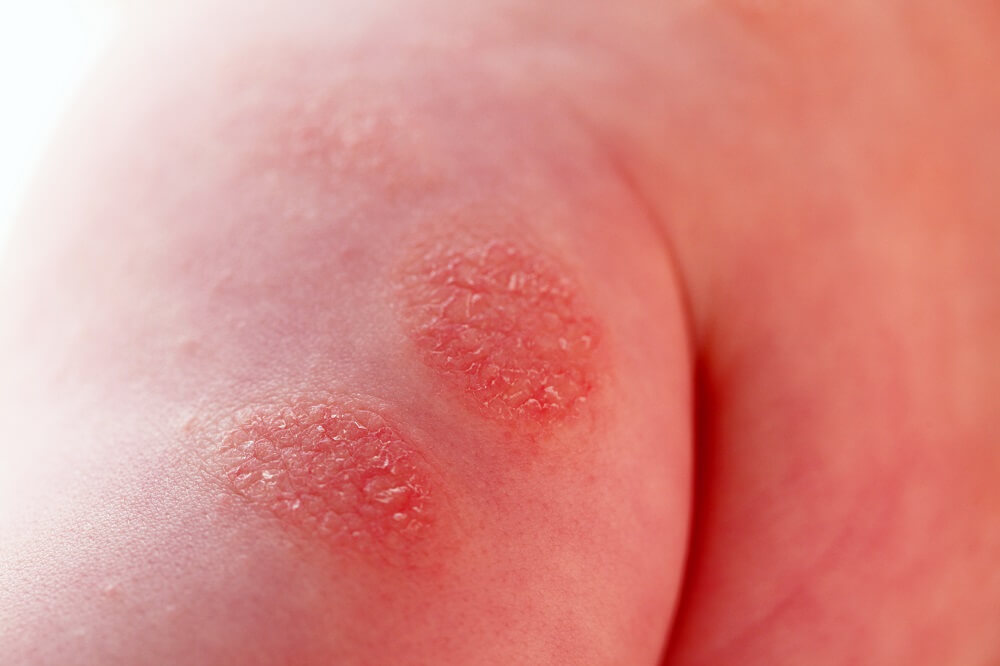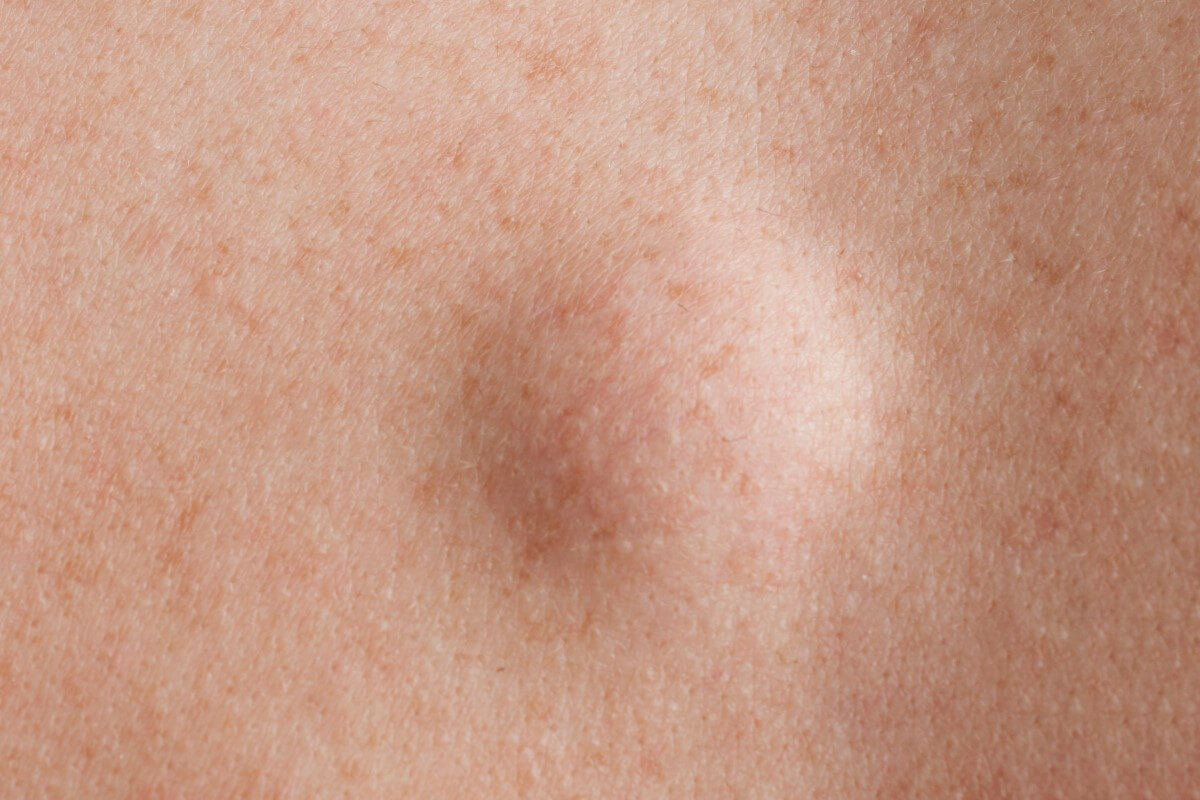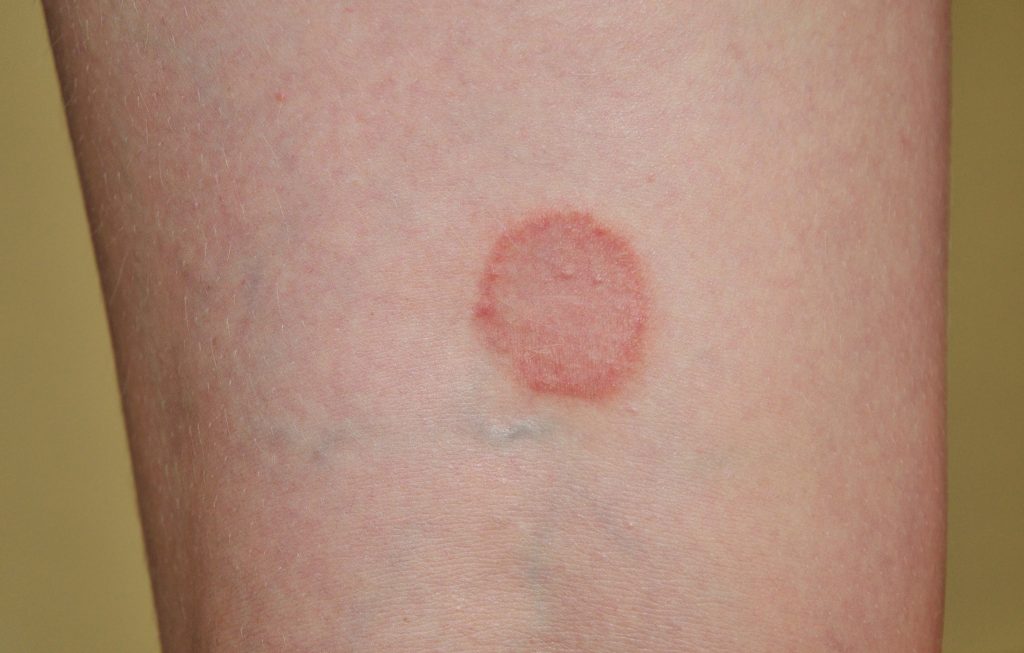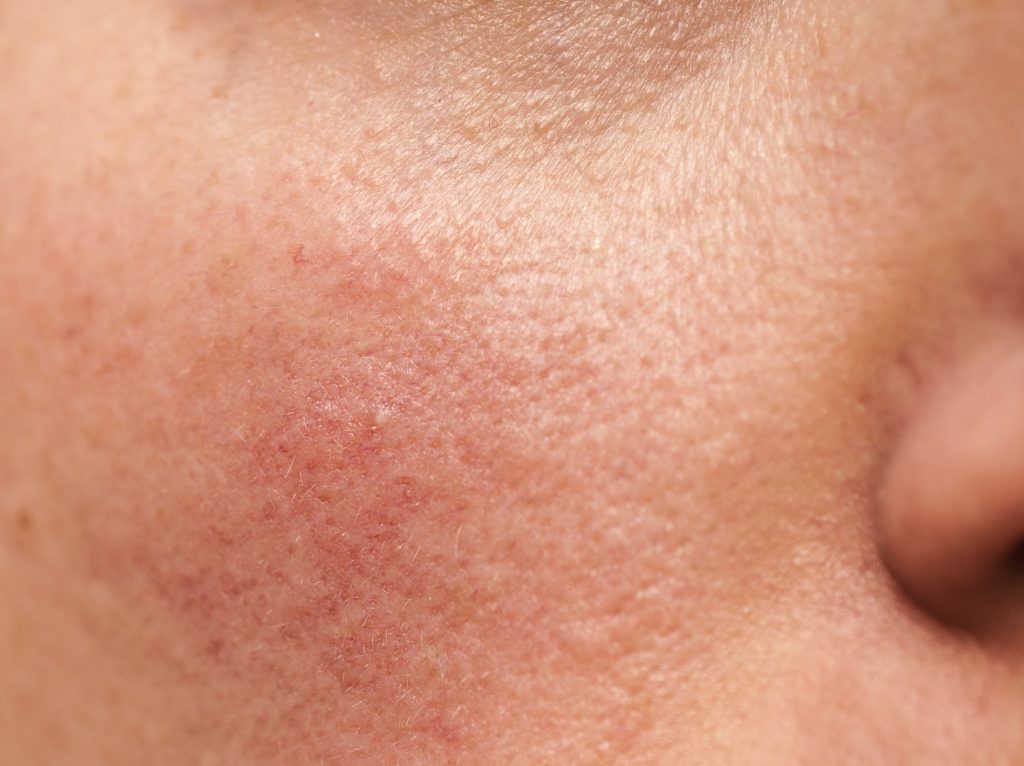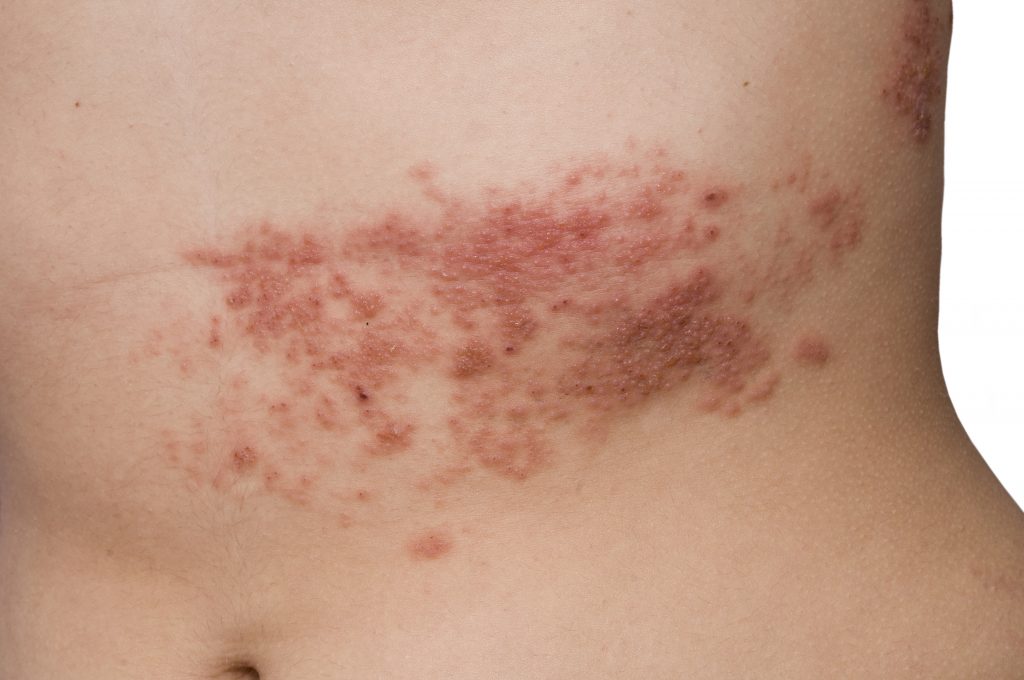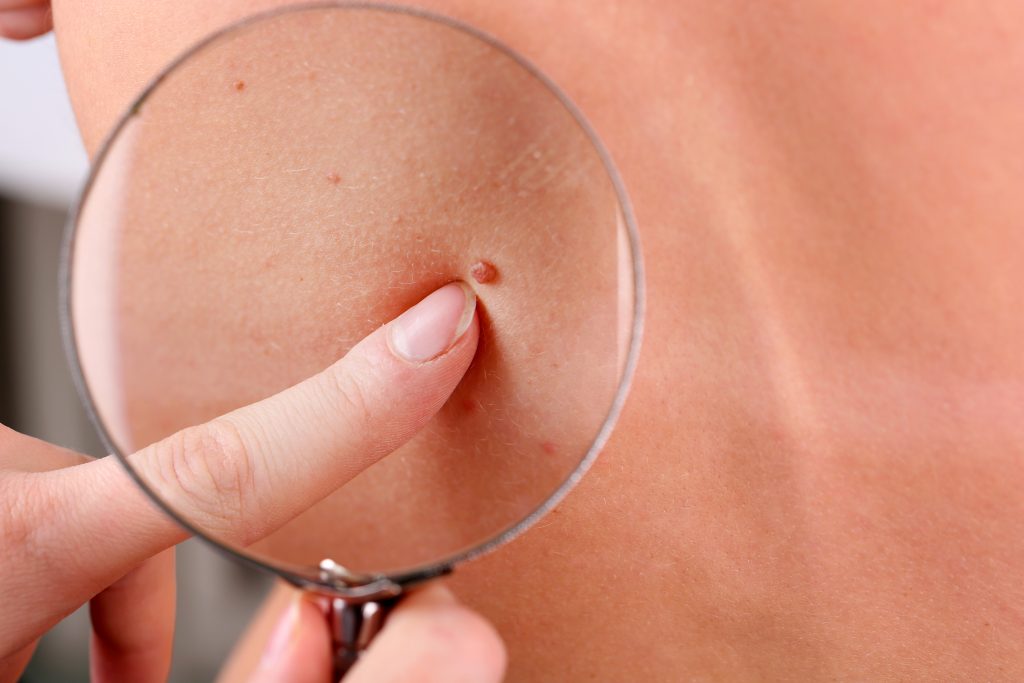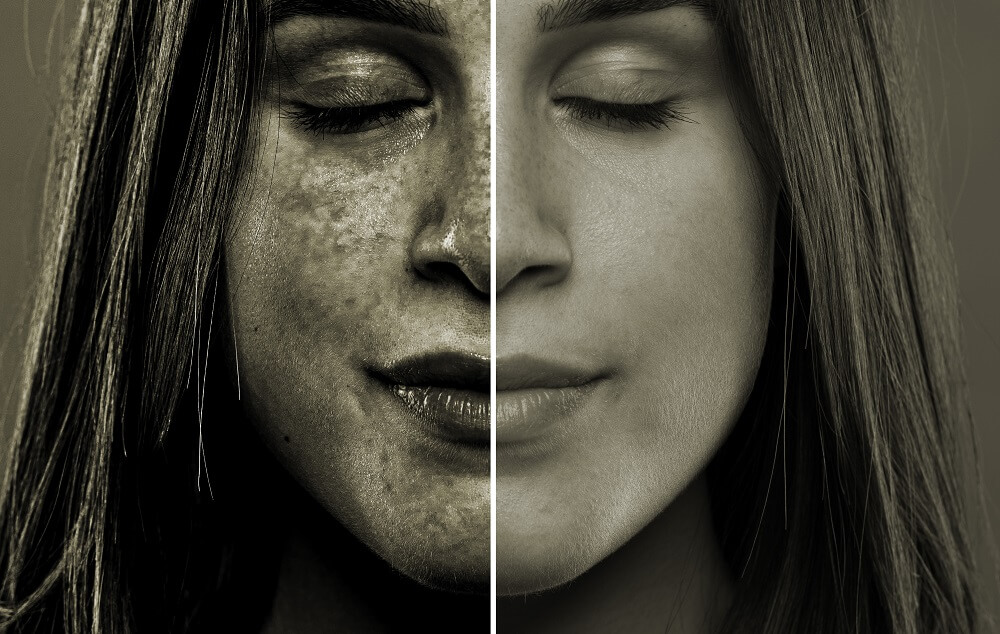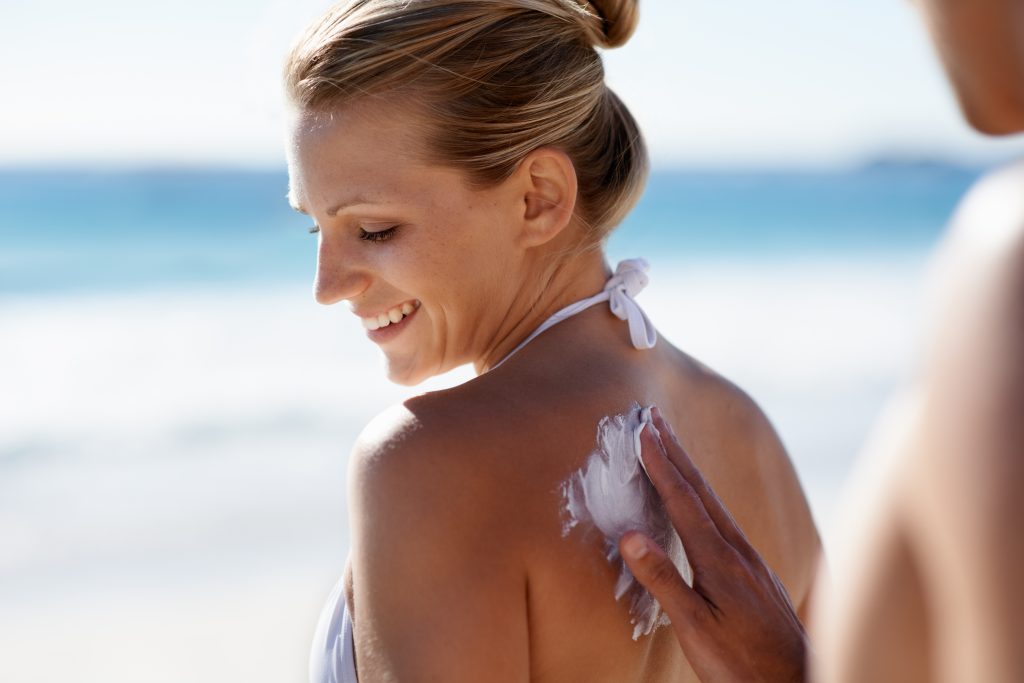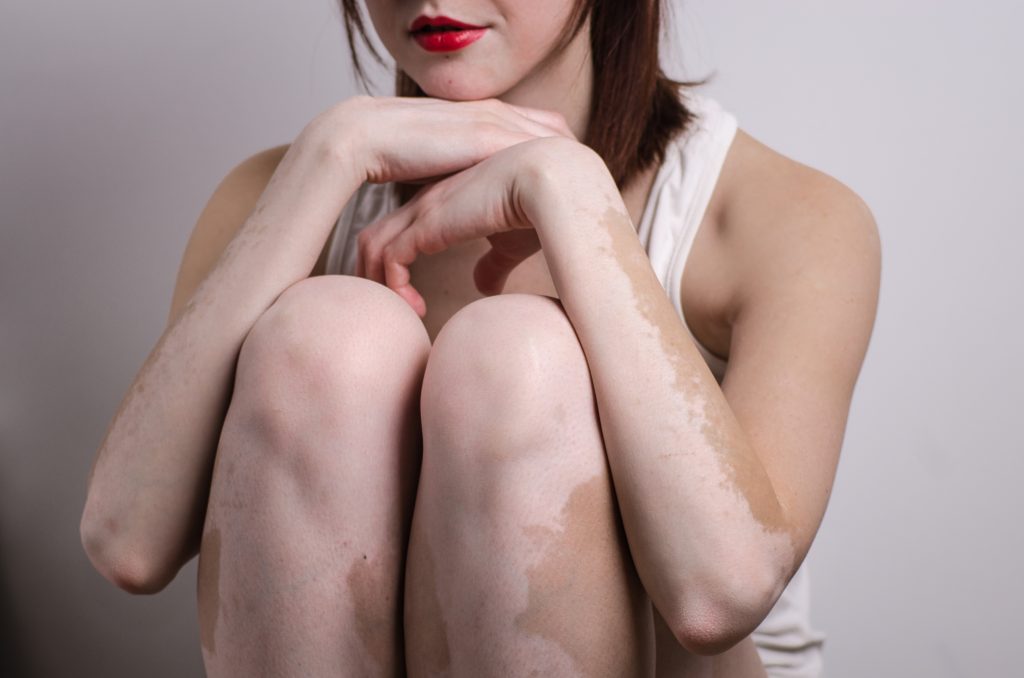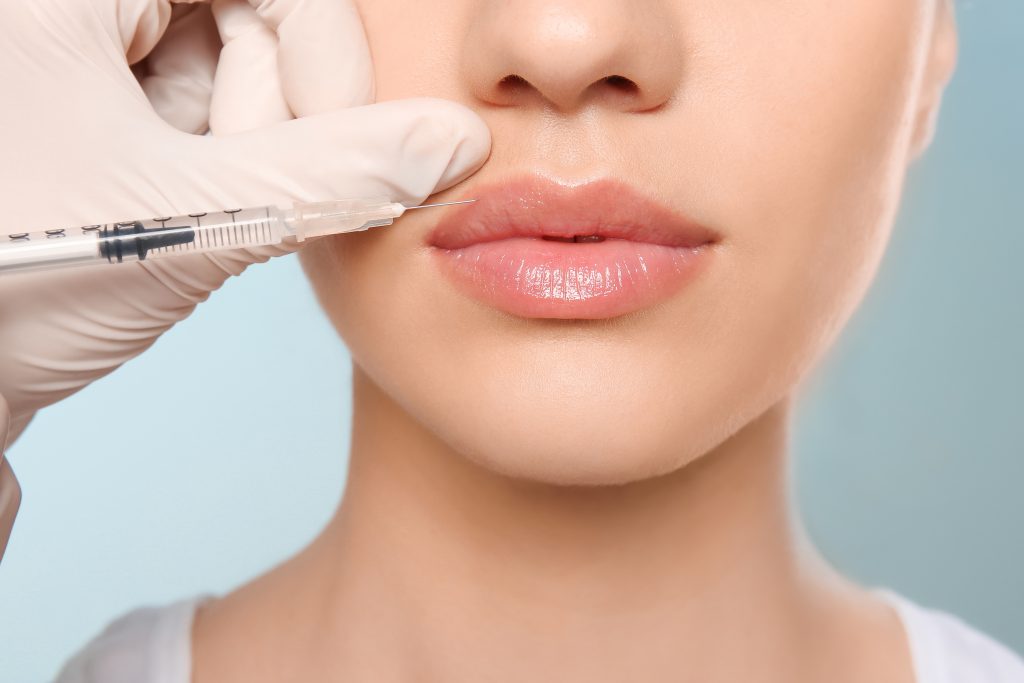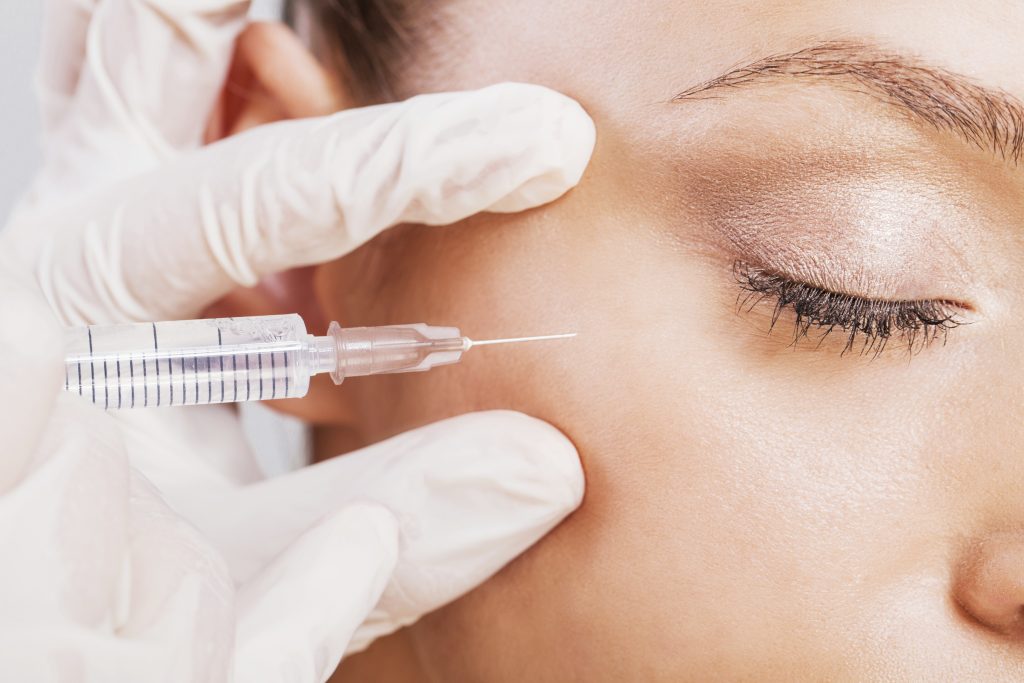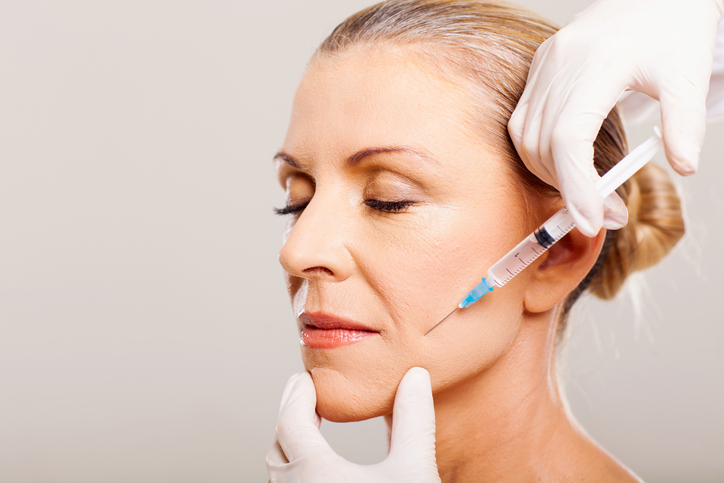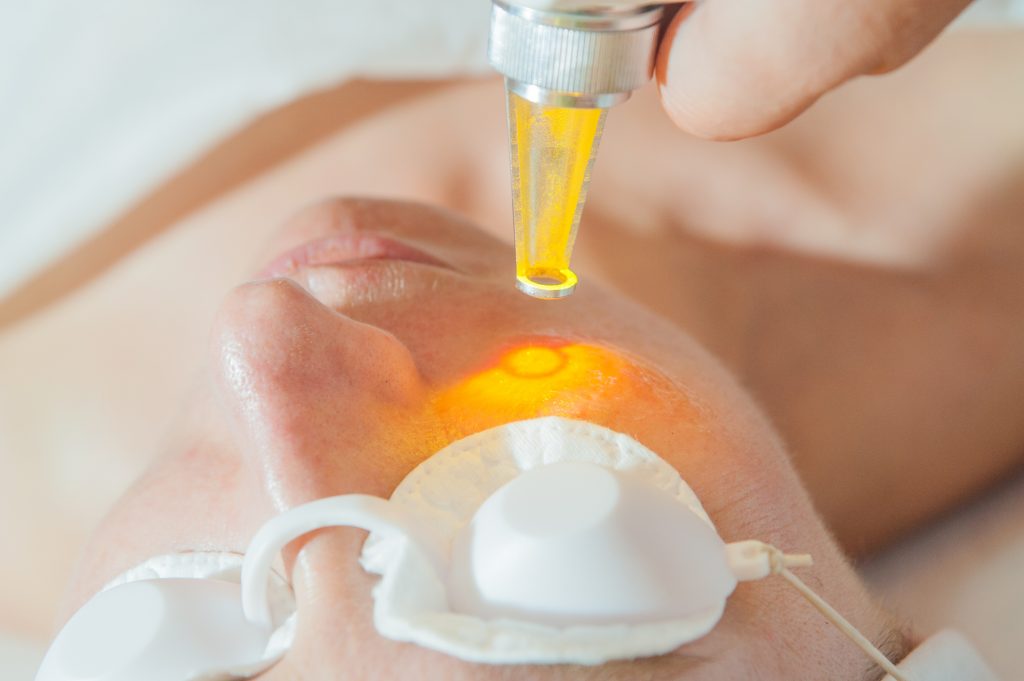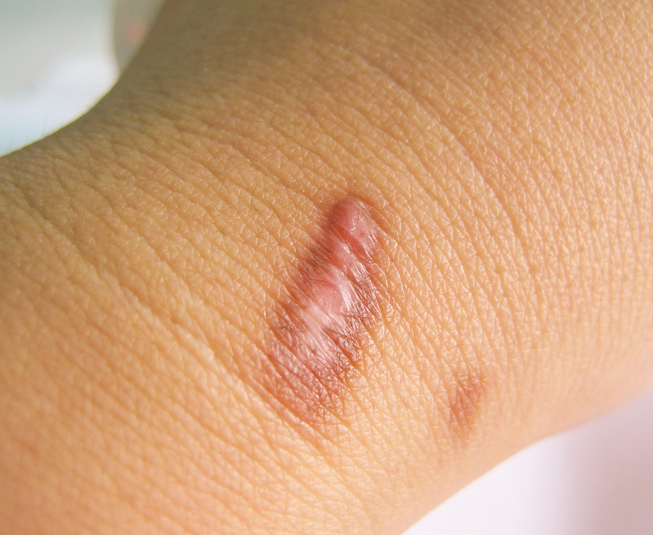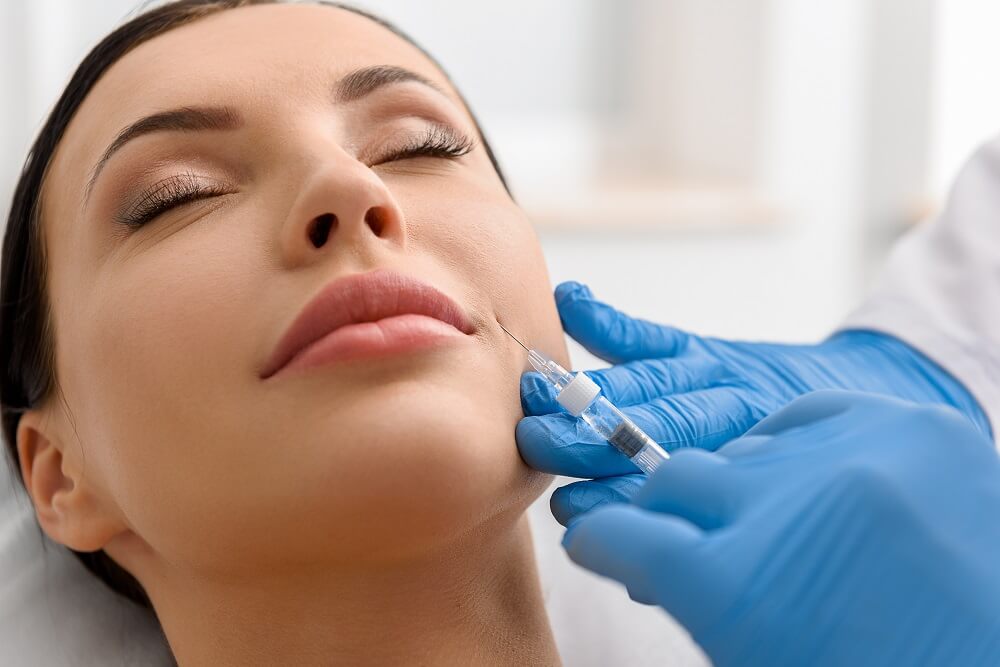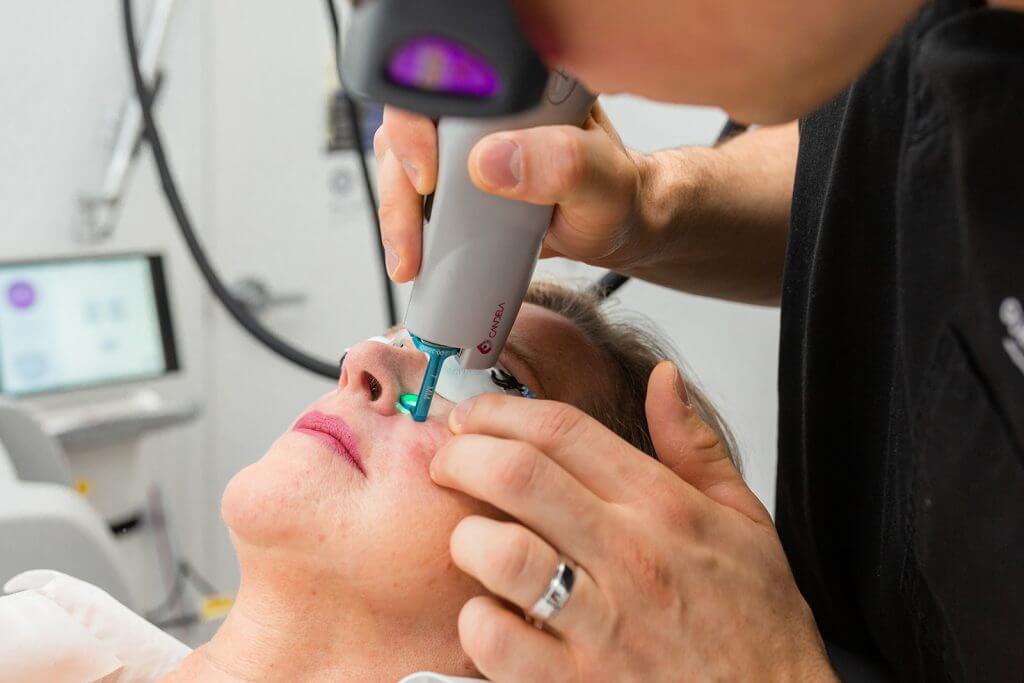Dr. Roopal Bhatt is a Diplomate of the American Board of Dermatology. She has also attained fellowship with the American Academy of Dermatology. Associations to which Dr. Bhatt belongs include the Texas Medical Association, the Travis County Medical Society, and the Austin Dermatological Society.
Dr. Bhatt received her undergraduate degree from Harvard University in 1996. She graduated cum laude with a Bachelor’s in Biology with an emphasis on Neurobiology. From 1993 – 1997, she performed research at Massachusetts General Hospital and Children’s Hospital in Boston. Her focus was Neurology/Neurobiology. She then attended State University of New York, Health Science Center at Downstate in Brooklyn, New York, for medical school. She received her medical degree in 2001, graduating summa cum laude as a Junior AOA member. From 2001 – 2002, she performed her internship at Saint Vincent’s Medical Center in Manhattan’s Greenwich Village. This facility was the primary medical center after 9/11.
Her residency in dermatology extended from 2002 – 2005 at SUNY in Downstate Brooklyn, New York. Upon completion of that training, Dr. Bhatt traveled to London to work as a clinical observer at the St. John’s Institute of Dermatology. That same year, she received board certification from the American Board of Dermatology.
While working in private practice from 2005 – 2007 in New York City, Dr. Bhatt was also on staff at the North Shore University Hospital as a Clinical Assistant Professor. In 2007 after a move to Austin’s Four Points area, she founded Four Points Dermatology with the intent to fill the need for comprehensive dermatologic care in her community. After the success of her northwest Austin office, she opened a second dermatology office at the Mueller Market District close to downtown Austin in 2014.
Aside from having her two Austin offices, Dr. Bhatt also works at the Austin VA, since 2007, where she helps treat Austin veterans and helps train dermatology residents. She also works at the Little River Healthcare Clinic, a rural health care clinic, in Rockdale, Texas, since 2010.
Dr. Bhatt’s experience from her years of academia and private practice enables her to meet the varying needs of her diverse clientele, including children and adults of all ages and ethnicities. Happily married and a mother of two young children, Dr. Bhatt gains a great deal of joy from her family time and from traveling, running, and reading (the Harry Potter series is among her favorites).
Specialties and Affiliations
- American Board of Dermatology
- American Academy of Dermatology
- Texas Medical Association
- Travis County Medical Society
- Austin Dermatological Society
- North Shore University Hospital, Clinical Assistant Professor, 2005 – 2007
Badges and Awards







Featured Articles
Featured Blogs
- 42 U.S. Dermatology Partners Physicians Recognized by 2024 Super Doctors® Awards
- Super Doctors 2023 Recognizes 43 U.S. Dermatology Partners Physicians in Peer-Nominated Award
- Why You Should Consider Visiting an African American Dermatologist
- What Causes Hidradenitis Suppurativa & How Is it Treated?
- Thirty-One U.S. Dermatology Partners Dermatologists Across Texas Received Super Doctor & Rising Star Awards
- Texas Monthly Super Doctors 2020 Recognizes 35 U.S. Dermatology Partners Physicians in Peer-Nominated Award
- Handling Eczema Flareups from Overwashing
- Texas Monthly Recognizes 26 U.S. Dermatology Partners Physicians


